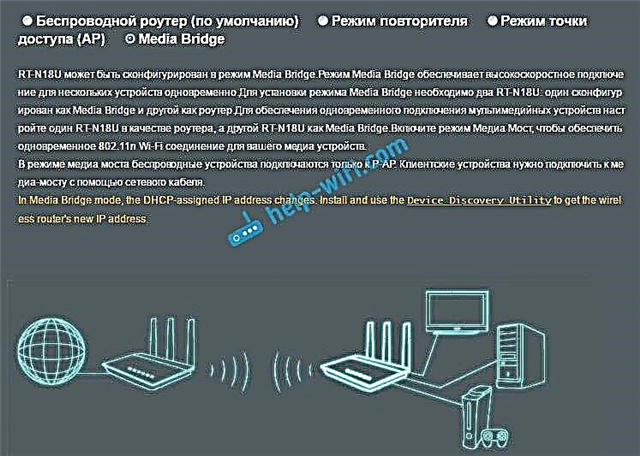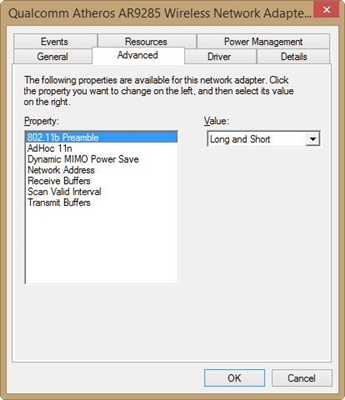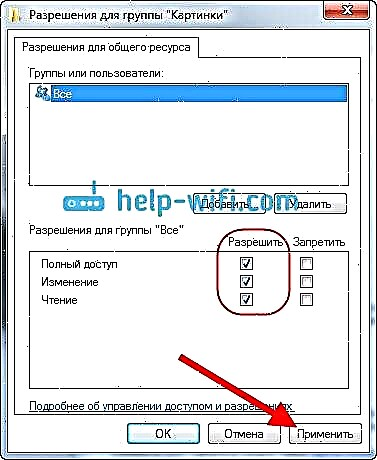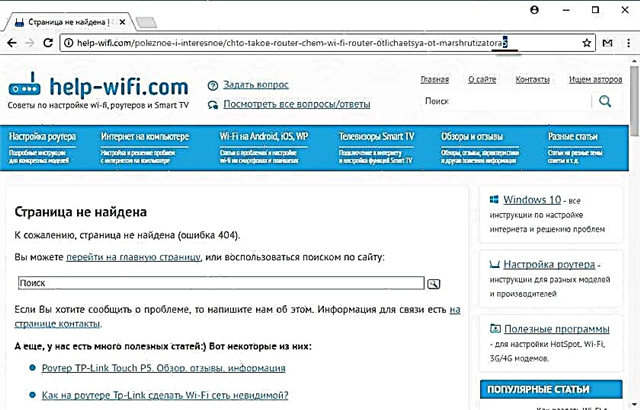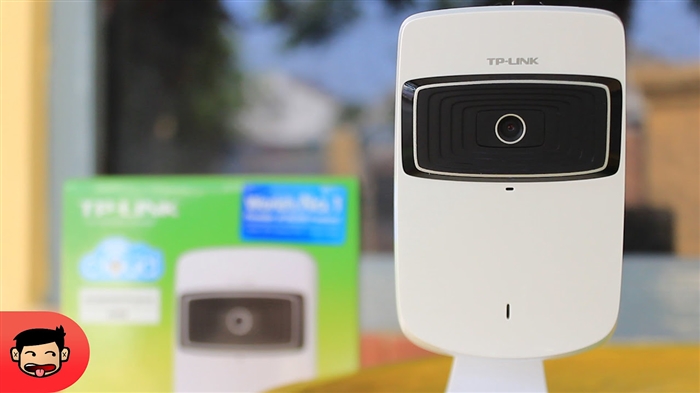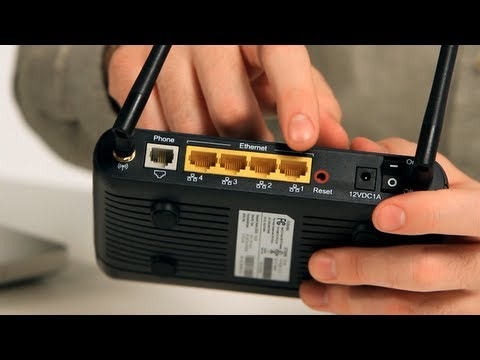Very often I have to answer questions related to various problems that can be observed in the process of connecting to wireless networks. When Wi-Fi is not working on a laptop. It is during the connection process that users face many problems. It turns out that the Wi-Fi adapter driver is not installed on the laptop, the question arises how to enable it, or how to fix the error that appears during the connection process. But even if everything is successfully connected, then there we can expect troubles in the form of a lack of access to the Internet.
I decided to write one long article in which to collect solutions to all the most popular problems and errors. The main task is to describe everything in simple language, and analyze all the options point by point, and of course write about the solutions. This guide will work for Windows 10, Windows 8, and Windows 7. Typically, most solutions are the same for different versions of Windows. As for the laptop itself, there is also not much difference. Tips are suitable for models from ASUS, HP, Lenovo, DEL, DNS, and even regular desktop computers with Wi-Fi adapters.
Based on personal experience, comments on other articles, and the peculiarities of the Windows operating system, I have identified 4 main problems that can be encountered when connecting to Wi-Fi on a laptop. I think the problem that caused you to visit this page will definitely fit one of the 4 points:
- First of all, we will figure out what to do in the event that on a laptop Wi-Fi does not work due to the complete absence of any wireless network settingswhen the network connections do not have a Wireless Network Connection or Wireless Network (Windows 10) connection. Also, when there is no Wi-Fi adapter in the device manager.
- Let's find out why laptop does not see Wi-Fi network... There may be a problem when the connection icon is crossed out with a red cross, the inscription "No available connections". Let's take a look at the different ways you can enable your wireless network.
- There are often times when the laptop sees the network, but does not connect to wifi... An error appears when connecting. Also, here I will include the problem when neighboring networks are displayed, but the laptop does not see the home Wi-Fi network.
- Well, let's not disregard the problem when Wi-Fi is connected, but the internet is not workingand sites don't open. Typically, a wireless network icon with a yellow exclamation mark, and a status of "no internet access" or "restricted". True, there are times when there are no errors and everything seems to be fine, but there is absolutely no access to the Internet.
Having described the solution to all these problems, I hope to answer the question in as much detail as possible: "why does Wi-Fi not work on a laptop". We will cover almost all cases and problems that you may encounter while connecting to wireless networks. On solving various problems and errors, which will be discussed in this article, I have already written separate, more detailed instructions. I will give links to them as I write this article.
Before moving on to any settings, I advise you to look at the instructions for connecting to wireless networks: We have instructions for the example of Windows 7, and a separate instruction for Windows 10. Especially if you are doing this for the first time. Perhaps they just did not understand all the nuances.
If we can't connect, we'll figure it out.
Checking for a Wi-Fi adapter and driver
The first thing I advise you to do is test the Wi-Fi adapter. Make sure it works and the driver is installed on it. There may be two problems at this stage:
- The adapter itself is just broken (hardware failure). This is very rare.
- And a very popular problem is Wi-Fi adapter driver not installed... Or the installed driver does not work correctly. This happens very often on new laptops, or right away after installing or reinstalling Windows... If Windows 10 almost always automatically installs the driver on the wireless adapter (though not always working), then in previous versions of Windows this must be done manually. In one of the articles, I already wrote why Wi-Fi does not work after reinstalling Windows.
To check this, just go to the device manager. It can be found through search. Or press the keyboard shortcut Win + R, enter the command (can be copied)devmgmt.msc, and click Ok.
We immediately open the "Network adapters" tab. There should be an adapter named "Wireless" or "Wi-Fi". This is the adapter through which the laptop connects to Wi-Fi. If you have one, then pay attention to the icon next to the name. It should be the same as mine in the screenshot below.

If there is no wireless adapter:
- If you have only one adapter there, a network card (LAN), and there is no wireless adapter, then most likely this means that you need to install a driver.
You need to go to the website of the manufacturer of your laptop, find your model there (most often through the search), go to the driver download section, and download the driver for the Wireless (WLAN) adapter. Then, start installing it. In this case, the article Updating (installing) the driver on Wi-Fi in Windows 10 and How to install drivers on a Wi-Fi adapter in Windows 7. And a separate instruction for installing drivers on ASUS laptops will come in handy.
If you have a wireless adapter, but Wi-Fi does not work:
- Right-click on it and select Properties. Note what will be written in the Device Status window. There should be an inscription "The device is working normally".
- Again, right-click on the adapter and see if there is a "Enable" item. If there is, select it. After that, everything should work.
- Try the steps that I wrote about in the article about solving various problems with the wireless adapter driver using Windows 10 as an example. You can also try to roll back the driver.
- Try to preinstall the driver (I gave links to instructions above).
- See other solutions from this article, which I will write about below.
It all starts with the adapter in the device manager. If it is not there, then there will be no Wireless LAN adapter in network connections. Also, in Windows 10 and Windows 8 there will be no buttons and sections of the Wi-Fi settings.
Turn on Wi-Fi on a laptop
In most cases, all solutions to this problem come down to simply turning on the Wi-Fi module. Since it can simply be disabled. There are several ways to enable wireless connection. By activating the wireless module with a keyboard shortcut, or with a separate switch on the laptop case, or check and enable Wi-Fi in Windows settings. Now we will consider all this in detail.
If the wireless network on your laptop is disabled, then most likely the connection icon will be like this (depending on how and where the module is disabled):

In Windows 7, the icon will look a little different, but the meaning is the same.
And first of all, I probably advise you to try turning on Wi-Fi programmatically. In the operating system settings.
How to do it in Windows 7
In Windows 7, as well as in the "eight" and "ten" you can do this in network connections. We go to the "Network and Sharing Center". From there we go to "Change adapter parameters". Never mind that the screenshots were taken in Windows 10. In all cases, the steps are the same.

In the new window, you need to right-click on the adapter "Wireless network connection", or "Wireless network", and select "Enable".

After that, look at the connection icon (on the notification bar). If a yellow asterisk appears next to it, it means that the laptop sees available networks and you can connect to them.
If you do not have a wireless adapter in the "Network Connections" window, then most likely the required driver is not installed. It needs to be installed. You can check this in the device manager. I wrote about this above.
If Wi-Fi isn't working on a Windows 10 laptop
A few separate tips for Windows 10. If the "Wireless network" adapter is enabled (see the screenshot above), and the laptop still does not see any available networks, then perhaps Wi-Fi is disabled by the button, or in the parameters. Let's check. Just click on the icon in the notification bar, and on the "Wi-Fi" button (if there is one).

Or in the parameters. In the "Network and Internet" section.

Well, if you have there are no these buttons and tabs in the settings, then see the first section of this article, or a separate instruction: How to turn on Wi-Fi in Windows 10 when there is no Wi-Fi button and the error "Could not find wireless devices on this computer."
On Windows 8
First of all, check if the adapter is enabled in the "Network Connections" window (shown above).
Open "Options". In the "Change computer settings" section, you need to select the "Wireless" tab. Then turn on the wireless network.

We look at the icon with the connection status. The laptop may have already seen the available networks.
Turn on the wireless network with the buttons on the laptop
If the methods described above did not turn on the wireless network, then it may be possible to do it in hardware. Everything is very simple here. On almost every laptop, a keyboard shortcut is allocated to enable and disable the Wi-Fi module, or a separate switch on the case (rare, but it happens).
Let's take an example straight away. On my ASUS laptop, to turn on Wi-Fi, you need to press the keyboard shortcut Fn + F2... Look like this:

This will always be the Fn key + F1 - F12 key. Here are the combinations for other laptops:
Dell: Fn + F2, Gigabyte: Fn + F2, HP: Fn + F12, Fujitsu: Fn + F5, Acer: Fn + F3
In some cases, it can be a special switch on the laptop case, which looks something like this:

An important point: function keys may not work correctly (or not work at all) due to the fact that the appropriate driver that is responsible for the operation of these keys is not installed.
Here's an example: in Windows 7, I have all the drivers installed from the official ASUS website, and the Fn + F2 keyboard shortcut actually controls wireless networks. And in Windows 10, I did not install the driver. And pressing Fn + F2 turns on and off airplane mode.
It is not even the driver that is responsible for the operation of the frequency function keys, but the utility. You can download the utilities in the same section as the drivers. Download strictly for your laptop model and installed Windows. For ASUS notebooks, the utility is called "ATKACPI driver and hotkey-related utilities".
Hopefully, the Wi-Fi on your laptop is still working and you are able to connect to the required network. And now we will also consider the problems that you may encounter during the connection process.
Solving problems with connecting to Wi-Fi
There are some of the most common mistakes, which I will discuss below. We will not consider solutions to each problem, as I have already written about them in separate articles. I'll just give you links.
- Probably the most popular and misunderstood mistake is "Windows could not connect to ..."... It looks something like this:
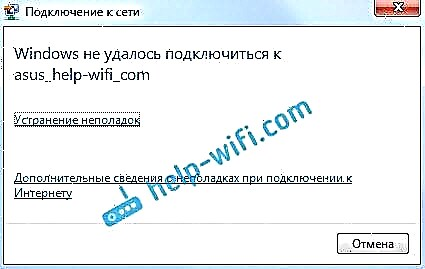 The solutions are very different. How to get rid of this error in Windows 7, I wrote in the article Windows could not connect to Wi-Fi. Solving the error in Windows 7. If you have Windows 10, then see this article.
The solutions are very different. How to get rid of this error in Windows 7, I wrote in the article Windows could not connect to Wi-Fi. Solving the error in Windows 7. If you have Windows 10, then see this article. - Next error: "Network security key mismatch", or incorrect password. When we specify the password for the wireless network, and the laptop does not want to connect. I wrote about the solution here: https://help-wifi.com/reshenie-problem-i-oshibok/oshibka-wi-fi-nesovpadeniya-klyucha-bezopasnosti-seti-v-windows-7/. I can tell right away that in most cases, the password is really wrong. Look carefully.
- Another mistake is "The network settings saved on this computer do not match the requirements of this network"... You just need to delete (forget) the Wi-Fi network on a laptop and reconnect.
If your laptop can't see your home Wi-Fi network
Provided that he sees neighboring networks, and other devices see your home Wi-Fi network. In this case, I advise you to reboot your laptop and Wi-Fi router first. Then, you can try changing the Wi-Fi network channel in the settings of your router. Install a static channel, but not higher than 10th. Also, you can change the name of your wireless network in the router settings.
If you have any other problem during the connection process, write about it in the comments. I will try to suggest something.
If everything is connected, but the Internet is not working
Another nuisance that can be encountered after the laptop successfully connects to the wireless network. Most likely, there will be a yellow exclamation mark next to the connection icon.

Well, and accordingly, the connection status is "Limited", or "No Internet access". There can be many reasons, as well as solutions. I have prepared two separate articles on this issue. The first for Windows 7, the second for Windows 10:
- Without Internet access in Windows 7 when connected via Wi-Fi network
- "Connection limited" in Windows 10 over Wi-Fi and network cable
- And a separate article about the Unidentified network problem in Windows 10. No internet connection
In addition, there may be a case when there is no exclamation mark next to the icon, but the sites in the browser do not open exactly. DNS error. I also wrote about the solution to this problem in the article I cannot find the DNS address of the server. Solution to the error. At the same time, the Internet may work in some programs. For example, in Skype.
Try running troubleshooting.

Most often, the following errors appear in the diagnostic results:
- The network adapter does not have valid IP settings
- The default gateway is not available
- One or more network protocols are missing on this computer
These errors are relevant for all versions of Windows.
Afterword
The very situation when Wi-Fi does not work on a laptop is very ambiguous. It is very difficult to collect all information on such a popular problem within one article. And when the article is very long, it is difficult to understand it. I tried to put everything on the shelves and consider all the most popular cases. I hope you found a solution to your problem.
If all else fails, you can describe your case in the comments. I will try to help with advice. Well, share your solutions and useful information! Good luck!

 The solutions are very different. How to get rid of this error in Windows 7, I wrote in the article Windows could not connect to Wi-Fi. Solving the error in Windows 7. If you have Windows 10, then see this article.
The solutions are very different. How to get rid of this error in Windows 7, I wrote in the article Windows could not connect to Wi-Fi. Solving the error in Windows 7. If you have Windows 10, then see this article.